And on the last day of a 5-day stretch in Chiang Dao, Kellie discovers that the resort *does in fact* have very fast reliable WiFi...
And here I was thinking we were basically off grid for the last 5 days. Eh, it was probably good for me to unplug for an extended stretch. I'm writing this post from my little tree house room in the บ้านระเบียงน้ำ baan-rabiangnam resort in Chiang Dao, which is a new site for me on this third trip to Thailand. Okay, gonna do my best to piece together the last 5 days:
Day 13: Chiang Dao Cave / arrive in Chiang Dao
We left Chiang Mai in the morning and went directly to Chiang Dao Cave. From Thailand Tourism Authority:
Tham Chiang Dao is an attractive cave in Chiang Mai. It is located at the foothills of Doi Luang Chiang Dao in Chiang Dao district. The stalagmite and the stalactite, causing different shapes, inside the cave stun the tourists by their natural beauty. Tham Chiang Dao is a giant cave with beautiful stalagmite and the stalactite inside that form spontaneously. Some of them hide in the nook. When the tourists flash around, there will be a lot of glitters and the tourists can imagine the glitters to be any pictures. One of the charms of the cave is its cold clear water running from inside to the front of the cave. This happens for years until the water flow becomes a pond, a habitat of various fish. It results in a fresh and shady atmosphere, thank to different types of plants that attract a number of tourists, not only Thai tourists but also foreign tourists, to visit. It is the front of the cave that situates Wat Tham Chiang Dao.
Tham Luang Chiang Dao is a historic site that a lot of people admire. This may be because of the astonishing stories about the past which has been told for many generations. Legend has it that Chao Luang Kham Daeng, a son of the ruler of Phayao, had deserted his country to search for the girl who impersonated a golden deer and ran away to Tham Luang Chiang Dao since he was misguided by the beauty of the deer. He followed the deer into the cave and never came out of the cave again. However, he incarnated a powerful angel guarding Tham Luang Chiang Dao. Later, people built a shrine for him and named it "Shrine of Por Luang Kham Daeng." Besides, legend has it that, in the auspicious night when the sky was clear, there was a round object with bright light like the Buddha's relics flying eastwards from behind Doi Chiang Dao for five minutes. After that, the loud noise like the sound of cannon could be heard at the same time when the light disappeared. People believed that this is the spirit of Chao Luang Kham Daeng going to visit his hometown at Phayao.
There are many more beliefs about Tham Chiang Dao; for example, once the marble Buddha image that had been housed in Tham Luang Chaing Dao for many years was stolen, the thief got an accident that he almost died. The other folktale is "Tanjai Buddha image" which was enshrined in Wat Tham Chiang Dao. It is believed that if any people made wishes with Tamjai Buddha image, their wishes would be fulfilled very quickly. The quickness of fulfilling the wishes led to the name of the Buddha image "Tanjai," which means "as quickly as required."
For the cave tour itself, we broke into groups of 4 and had a guide take us through the cave with a single gas lantern. The cave network itself is HUGE--it's understandable why you need a guide to navigate the cave. There were sections with low ceilings, plenty of places to slip and slide, and even a spot where we had to belly crawl through a hole. Good cavin'. For as much travel as the cave gets annually, the cave formations were in pretty good shape and were fun to admire--it was several students' first time in cave of this size.
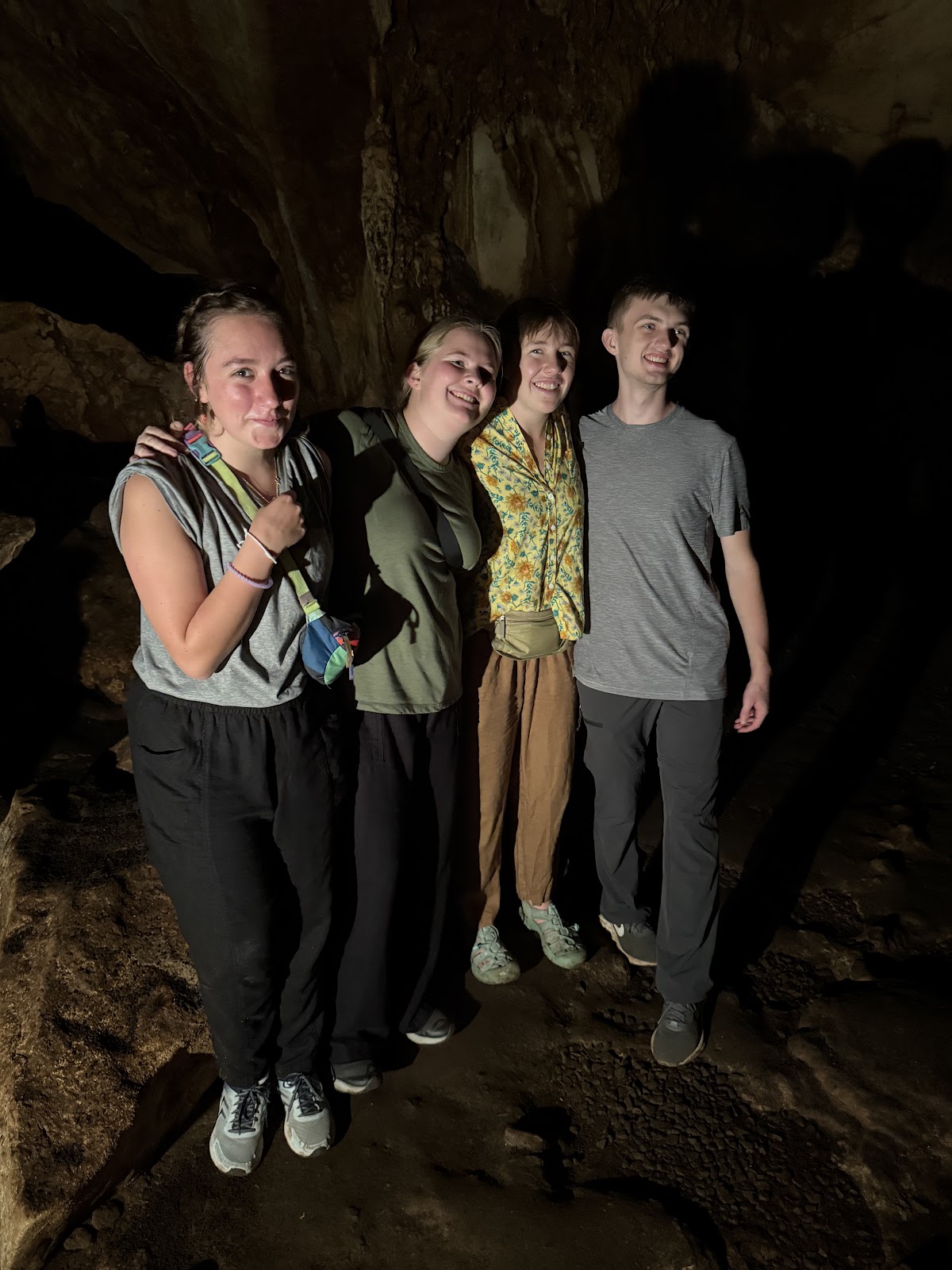

After the cave visit, we got settled into the resort and had lunch. The resort itself is beautiful....and in the middle of a dense tropical forest area. Bugs abound. Critters abound. Wildlife abounds. Water pressure in the showers is spotty. Hot water is spotty. As I write this post, there is a flying insect giant mosquito thing that looks like it should be encased in amber and featured in the next Jurassic park film.
The resort owners themselves are super kind, incredibly accommodating, and friggin' amazing cooks, but the reality is that it must be very difficult to keep up a resort in the middle of a dense tropical forest area, and this lodging experience has created some anxiety for our students who are not from geographic areas with bugs or critters. I have empathy for them. I'm proud of them for being good sports for 5 nights and for appreciating the beauty of this place--it's been a good site for re-charging and for strengthening group bonds because it's pretty self contained.
View from the common area of our resort
My room was the top to the left
Our common area for our 5 day visit in Chiang Dao
Anyway, first day in Chiang Dao was spent settling into the resort--the resort also has a lovely little cafe on-site with a tea service that became a regular part of my afternoon routine. I ran two tiny miles on a 30 foot patio. It was a lot of laps.
Day 14: Phutawan Tea Plantation
After breakfast at the resort, our group walked about 15 minutes to the Phutawan Tea Plantation. From the Robot Overlord ChatGPT:
Located in Baan Mae Mae village, the Phutawan Tea Plantation is known for its extensive cultivation of Assam tea trees, covering over 200 rai of land. The tea plants are integrated into the natural forest landscape, offering a unique and sustainable approach to tea farming. Visitors to the plantation can experience traditional tea harvesting methods and learn about the cultural significance of tea in the region. The plantation is part of a community-based initiative that promotes eco-tourism and sustainable agriculture in the area.
Our group got to participate in the entire tea process, from harvesting leaves to drinking the finished product. We were divided into groups of 6 to go out and harvest tea leaves. I'd say this was really the first experience on this trip where language barriers presented an issue--our group had a blast and our guide was so kind, but we had no idea what the hell we were doing or what we were harvesting. We came back with a basket full of tea leaves and then felt very sheepish when most of the leaves we'd harvested were bunk.
One of the plants from which we harvested leaves
Learning the proper way to dry leaves from our host
Kale is drying leaves while Isabel is massaging the dried leaves
We were served a fantastic pad see ew lunch, hung out for a little while, and then folks were free to meander on their own either in the surrounding area or back to the resort. I went for a little neature walk and ended up at a cafe that I think is part of the Hi Land Forest View resort. It was a steep climb with a nice payoff.
After that cafe, I went back and had another tea service at the cafe at our resort. Your girl likes cafes. Good people watching, good conversations, and/or a good time to be alone with one's thoughts.
Day 15: Mae Mae School Service Day 1
Breakfast at the resort, and then we set off on foot to the Mae Mae school, a new school partnership for Westminster. The Mae Mae school (K-6?) is much smaller than Ban Nam Home (K-9) with fewer faculty and less infrastructure. We were greeted by the faculty and students and immediately set to work. Half our group was on a concrete project pouring new stairs leading to classrooms, while the other half of the group was divided amongst the classrooms to teach and play with the kids. These kids were very VERY affectionate and clung to our students like magnets. They wanted to be picked up and hugged and chased and have their hands held the whole time we were there. It was very sweet if not a little overwhelming at times.
It dumped buckets after lunch, so we had to pause the concrete work and every student was assigned a classroom for teaching and playing with the kids. Once the weather cleared up, our students went outside to run around and play sports with the Mae Mae kids until we punched the clock around 3PM. I went back to my mountain top cafe for another fancy coffee and then stopped at another super cute cafe for another coffee and a slice of cheesecake because **some people** ate all the carrot cake. You know who you are.
Day 16: Mae Mae School Service Day 2
The morning of the second day was spent in observance of a Pha Pa ceremony for education. From Robot Overlord ChatGPT:
The Pha Pa (ผ้าป่า) ceremony is a significant merit-making tradition in Thai Buddhism, involving the offering of robes and other necessities to monks. The term Pha Pa translates to "forest robes." Historically, monks collected discarded cloth from forests or cremation grounds to make their robes. To assist them, laypeople began leaving cloth on tree branches, simulating discarded fabric for monks to find. This practice evolved into the Pha Pa ceremony, where offerings are symbolically placed in natural settings, reflecting the tradition's roots.
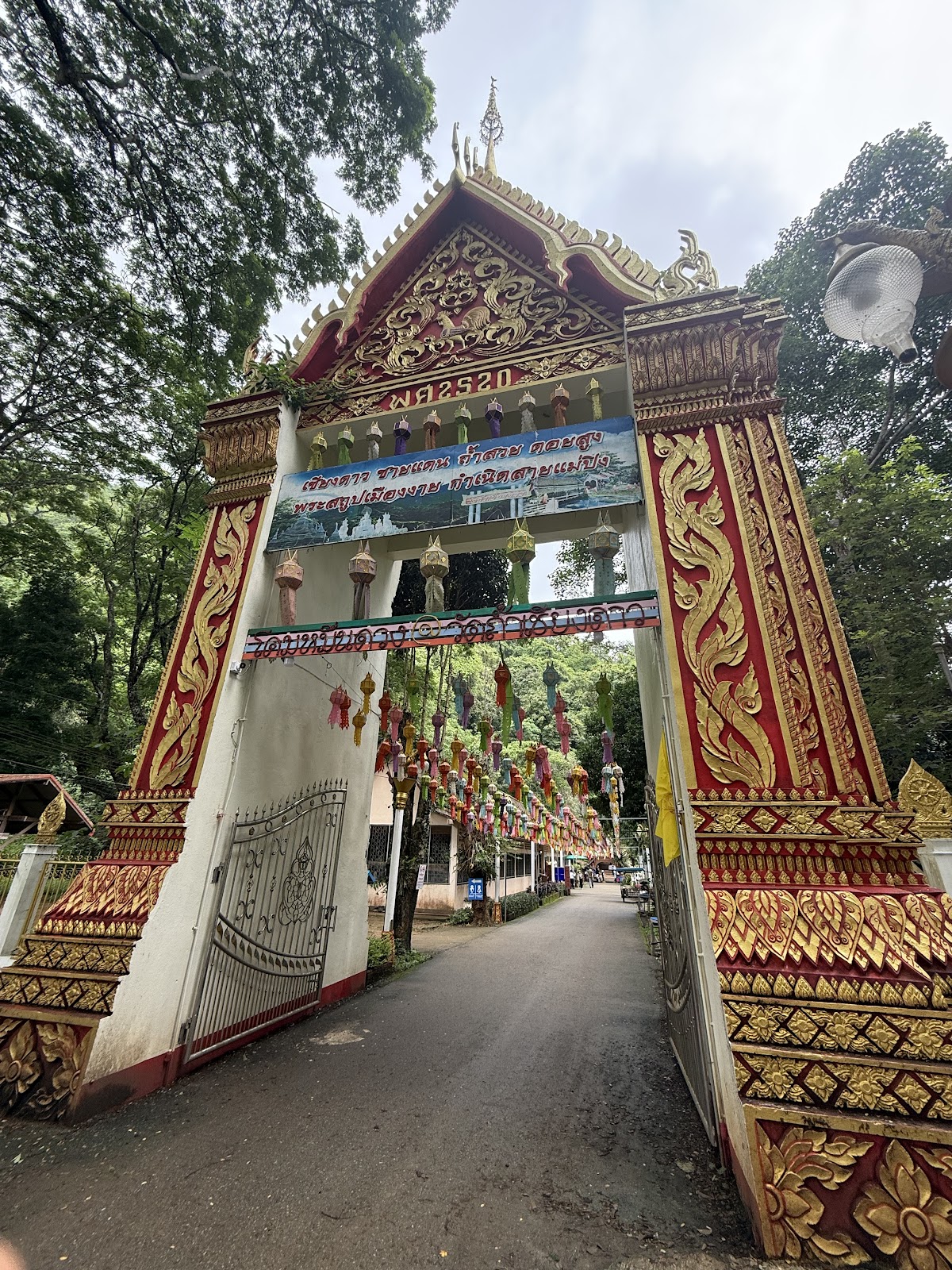







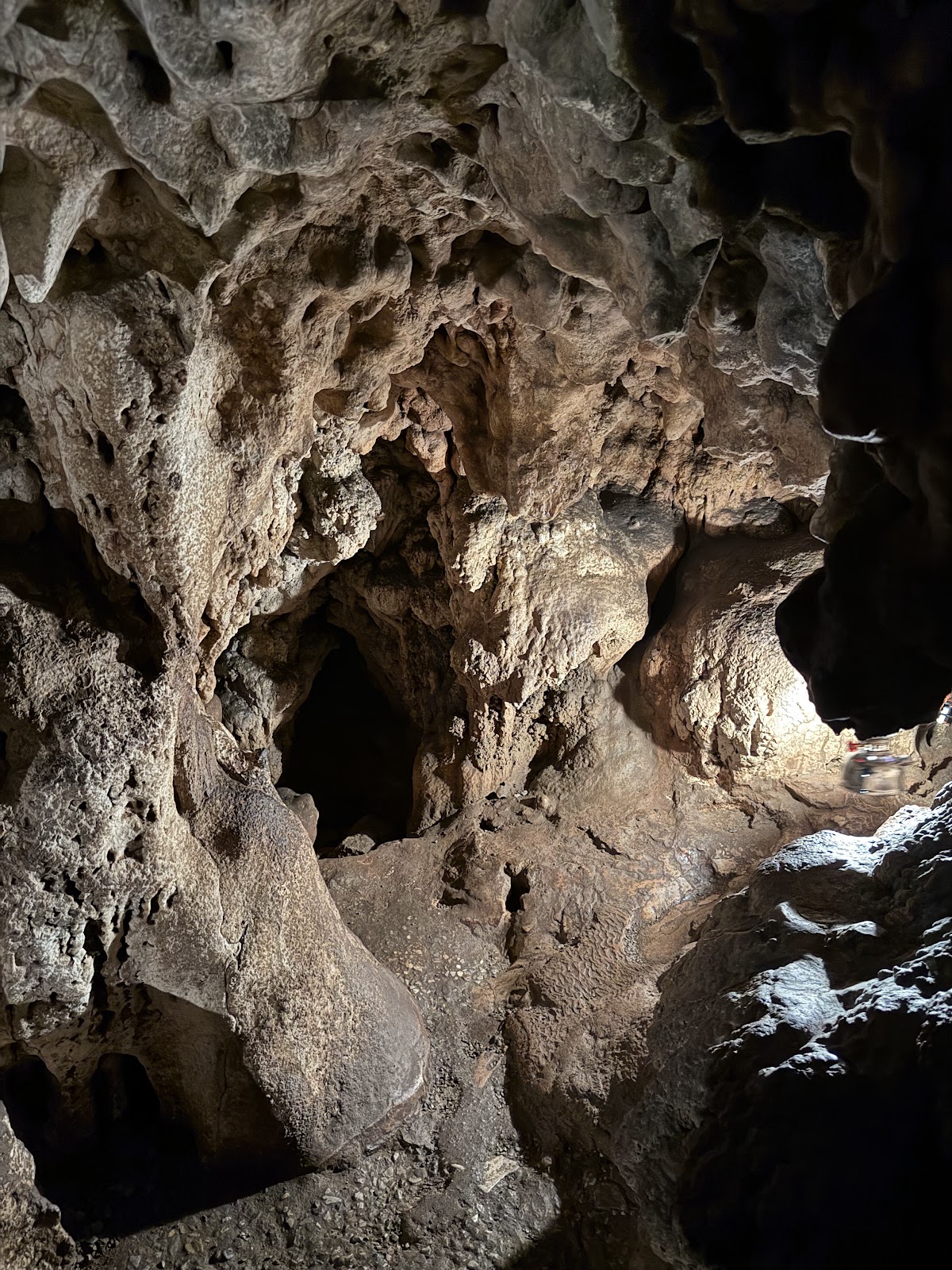







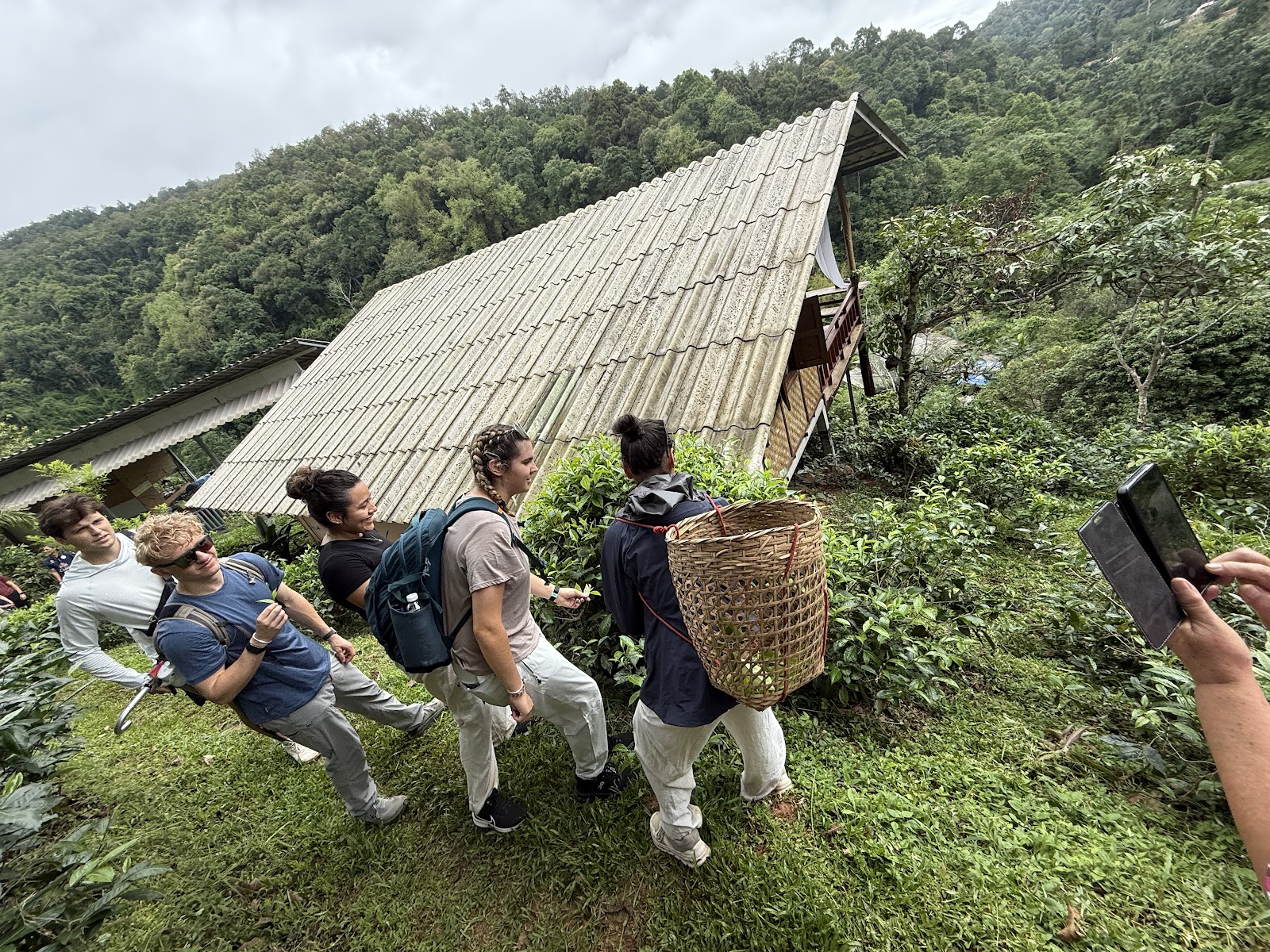






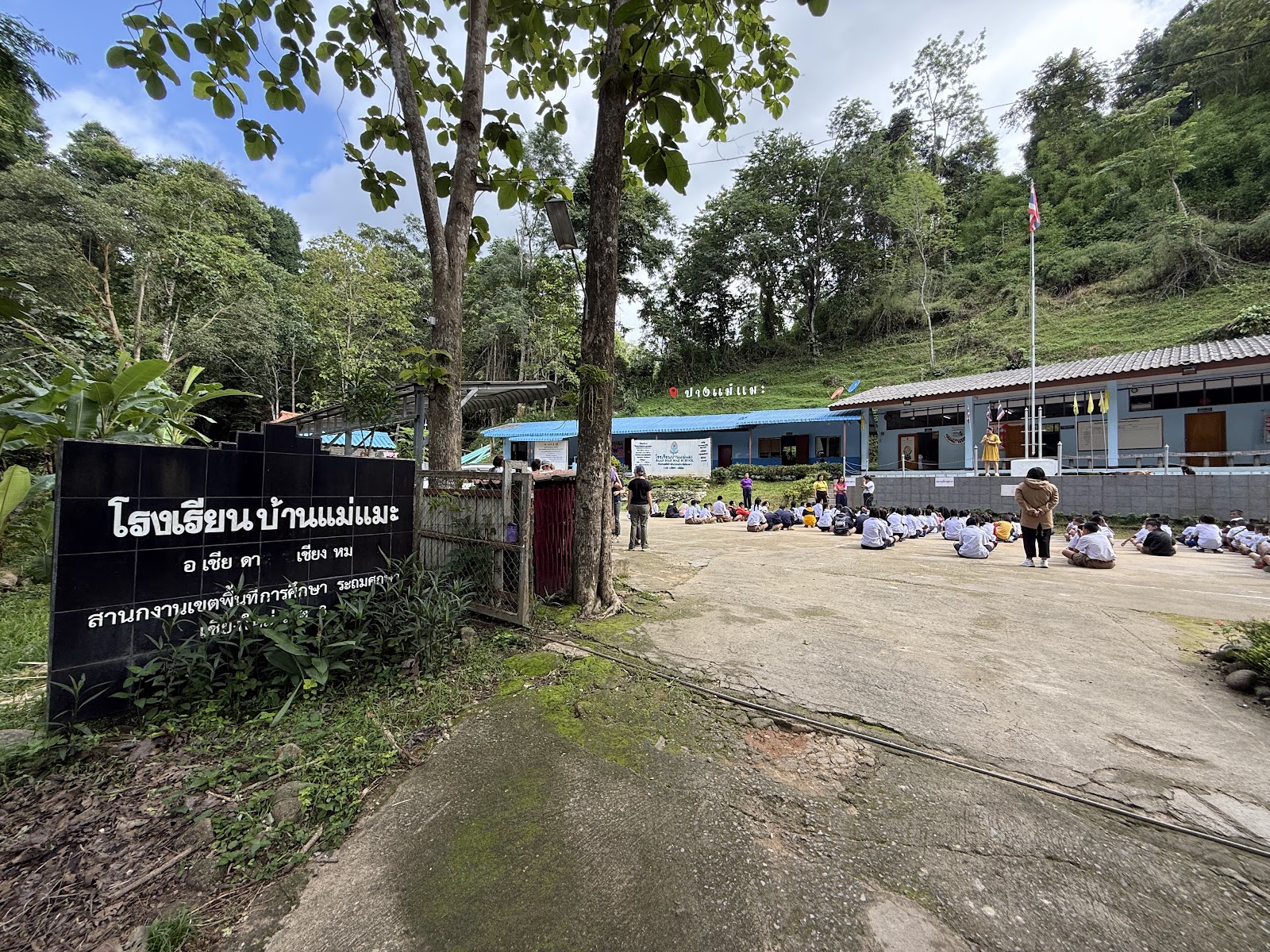
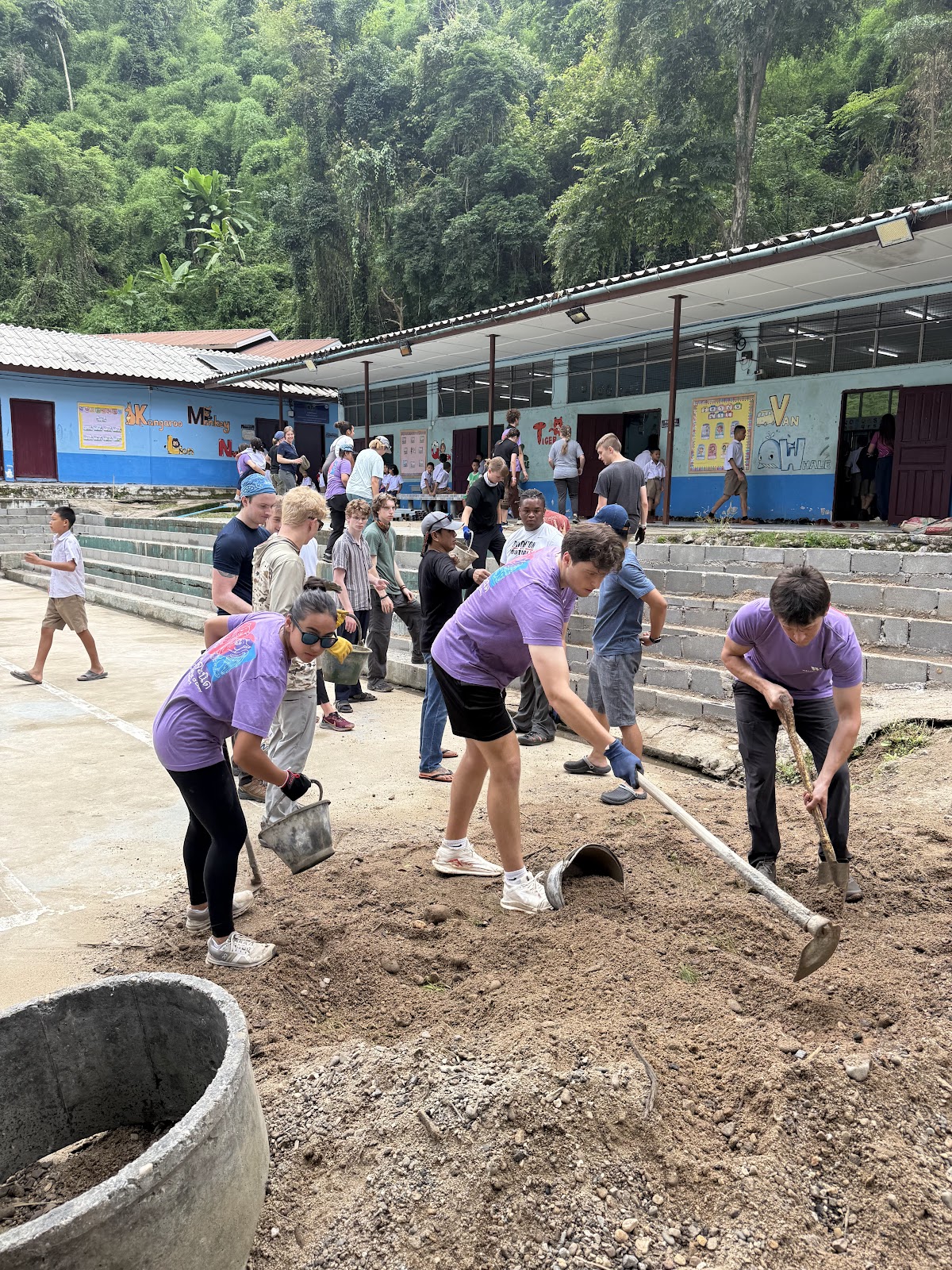


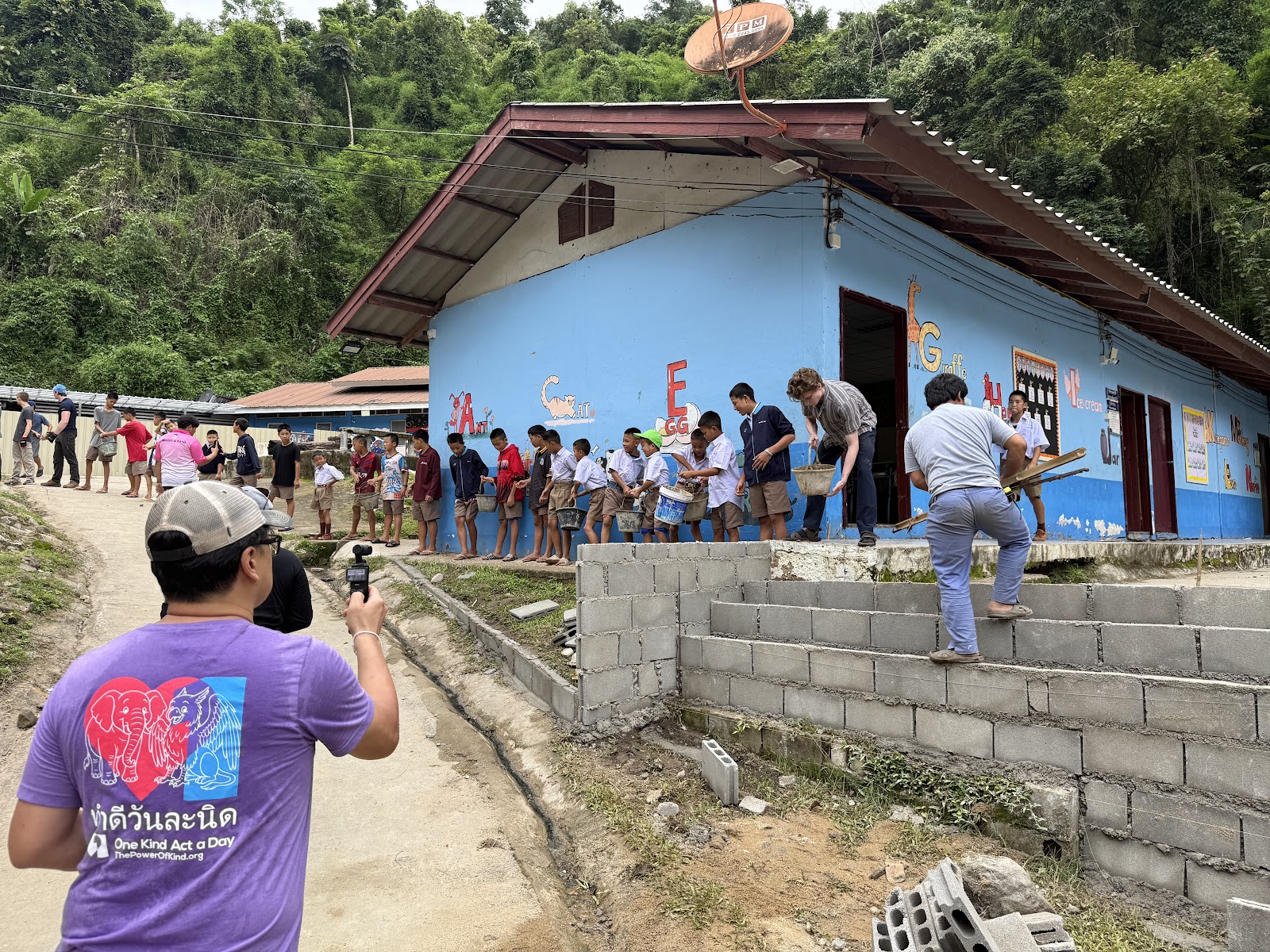
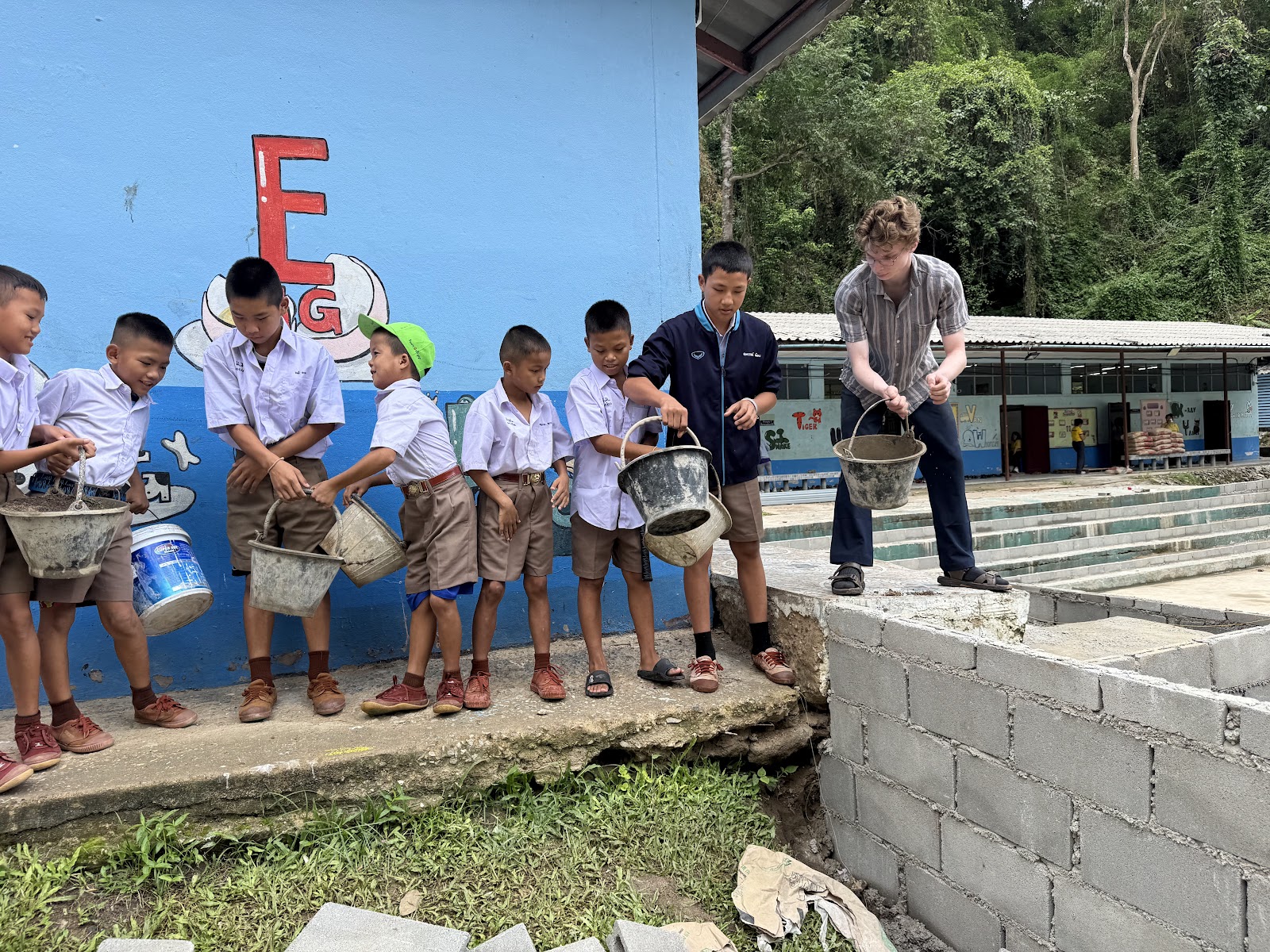



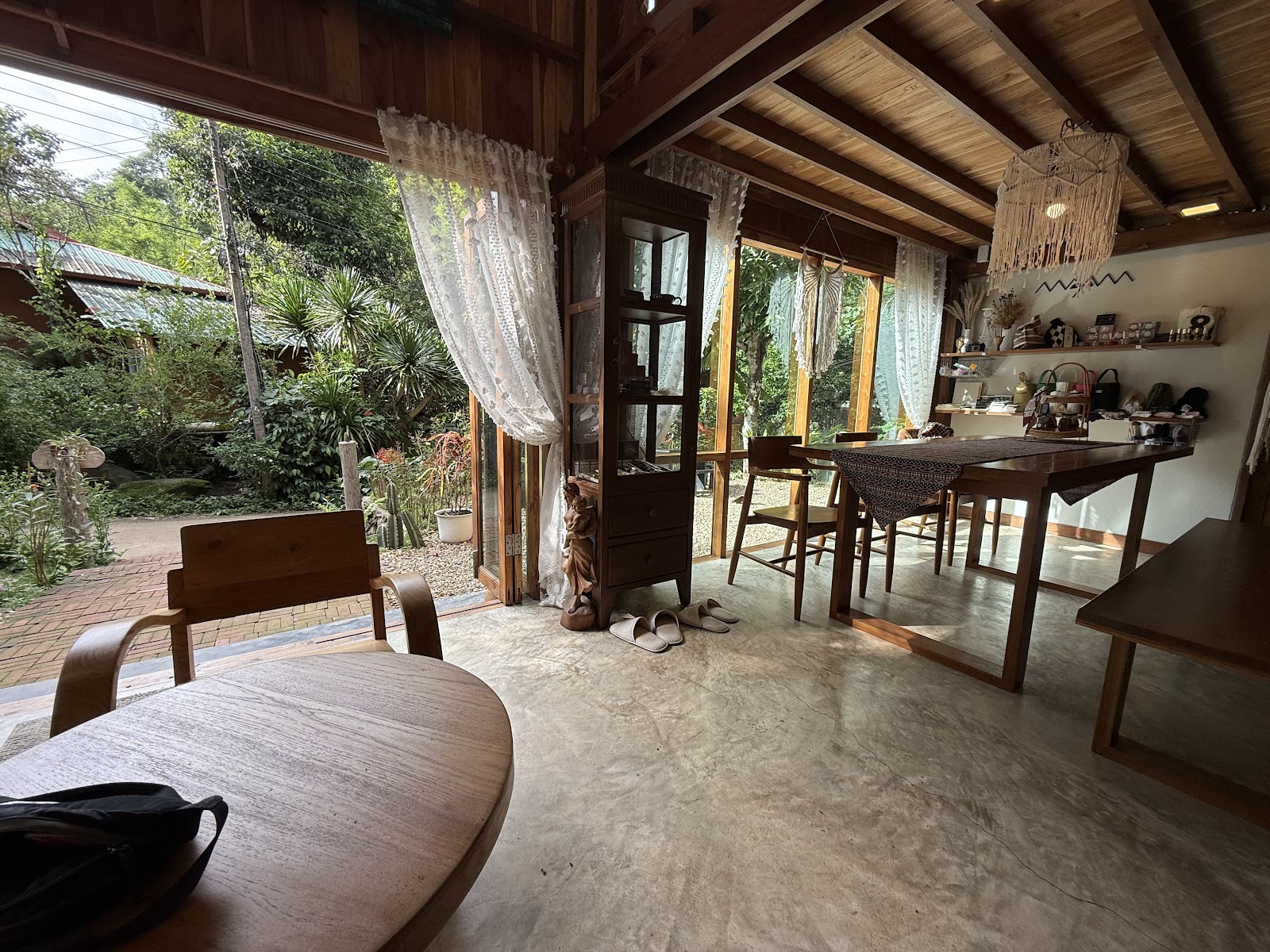












No comments:
Post a Comment